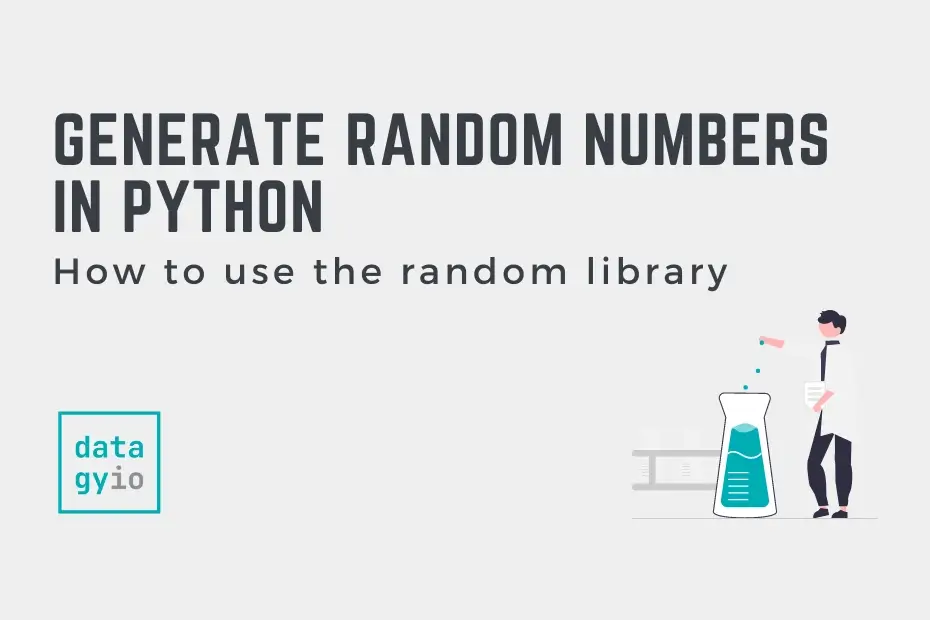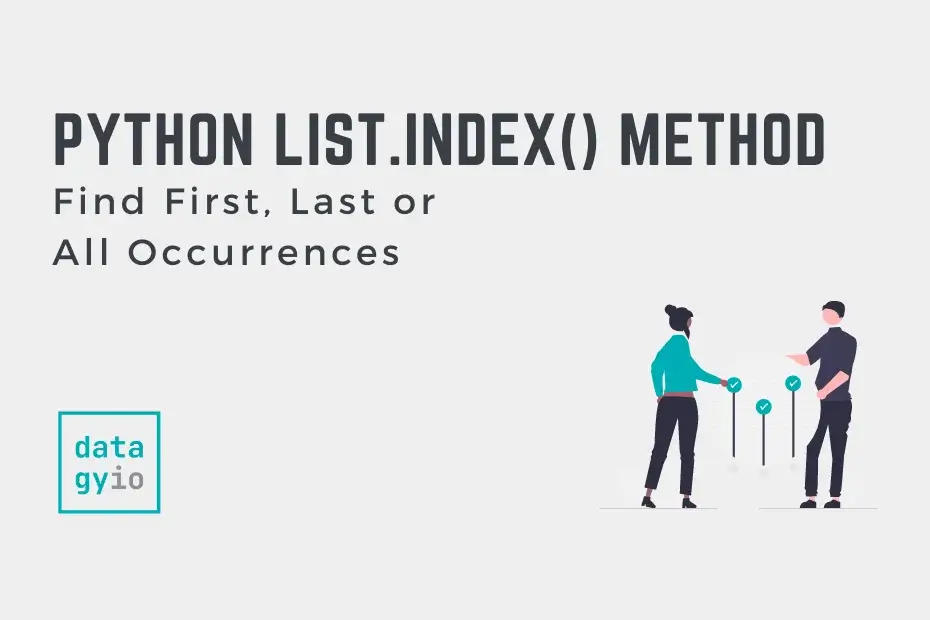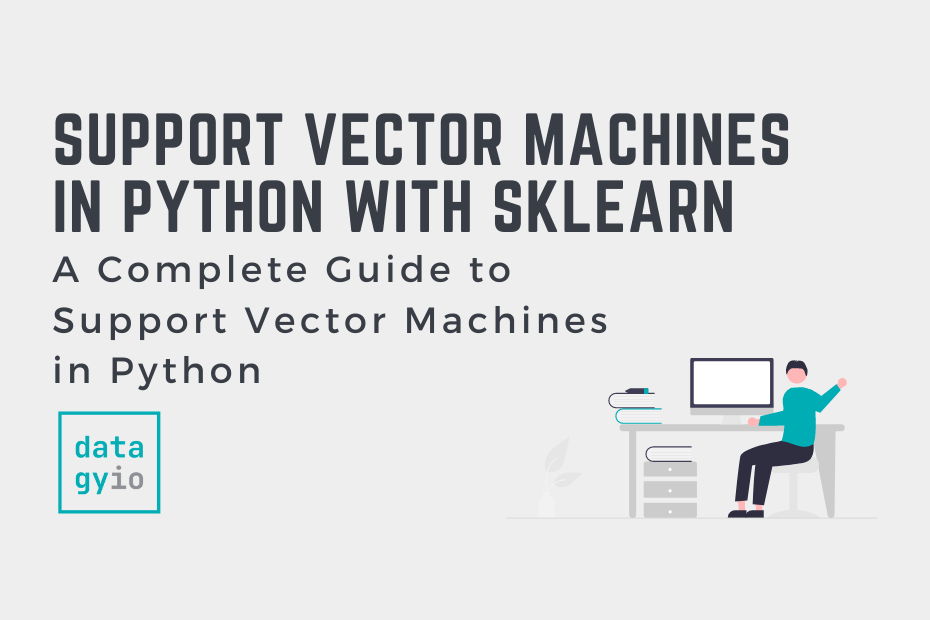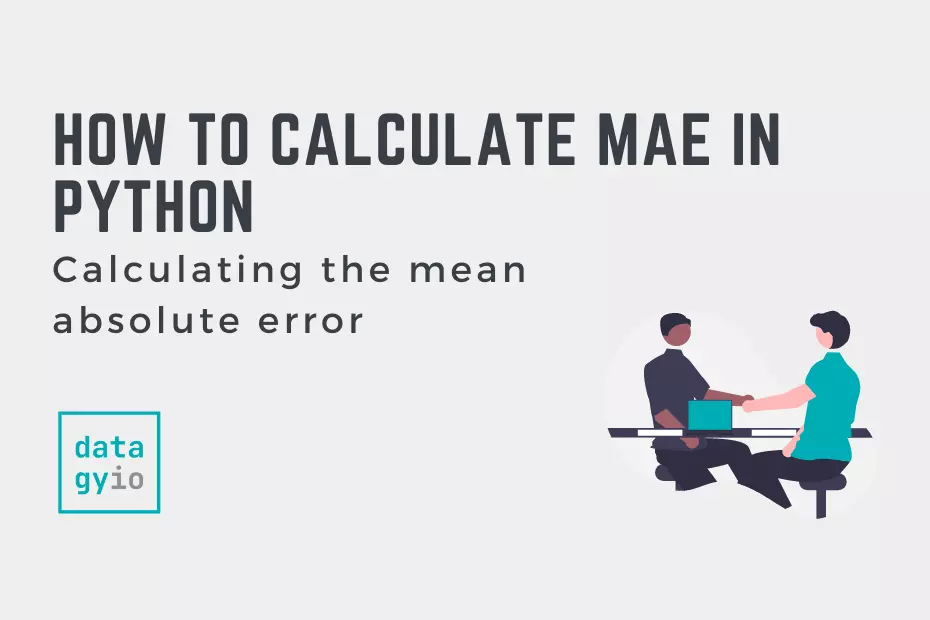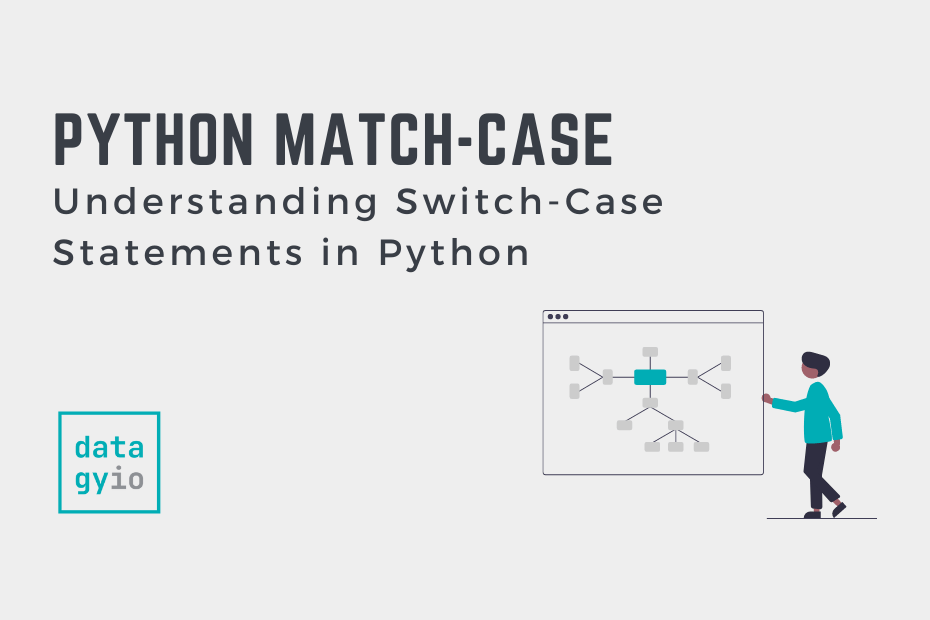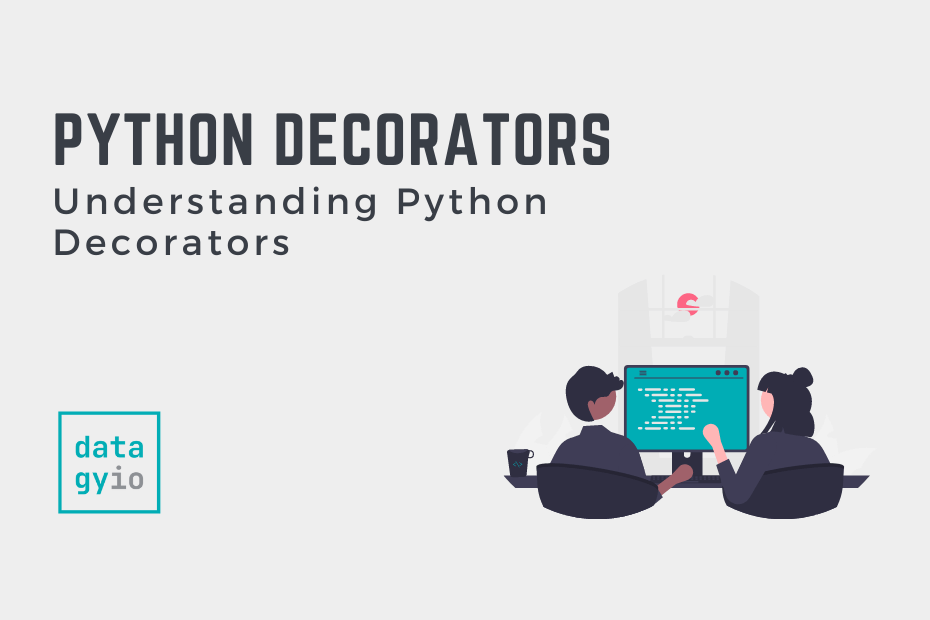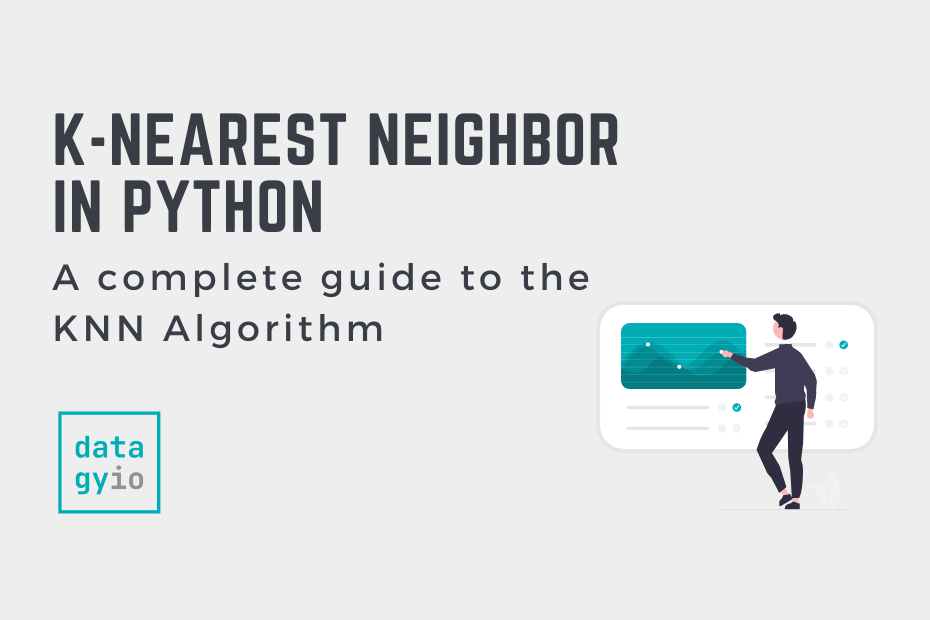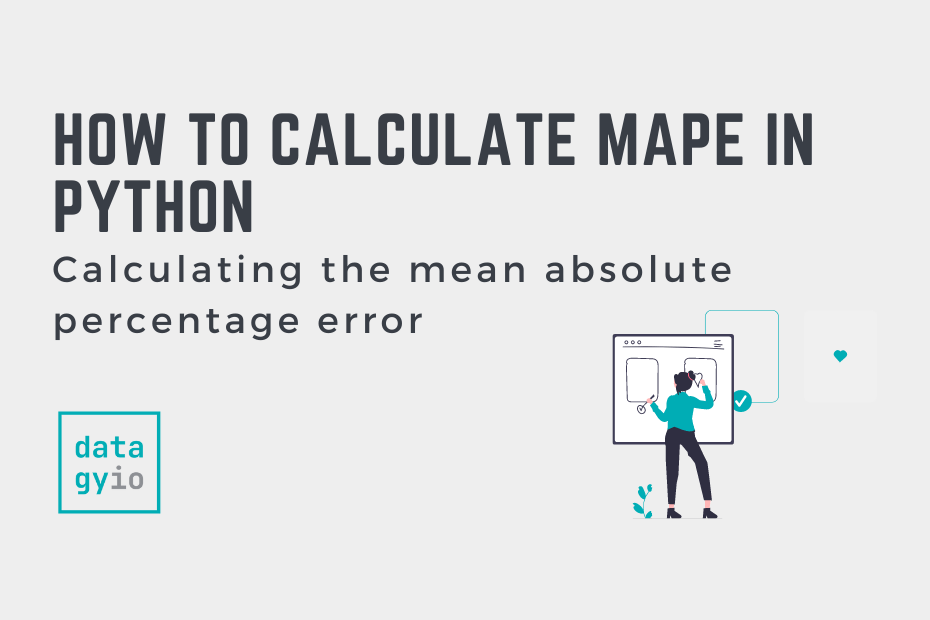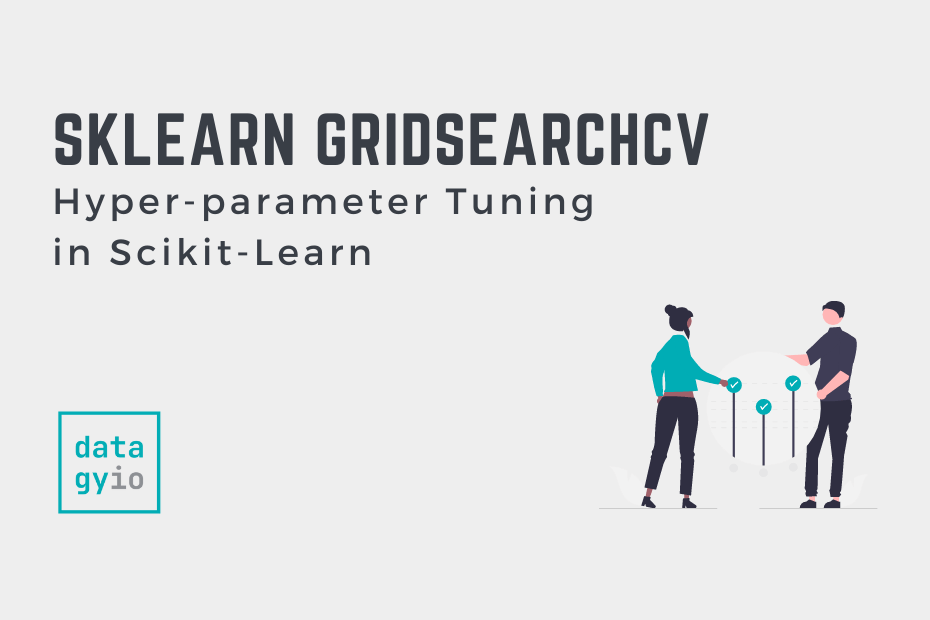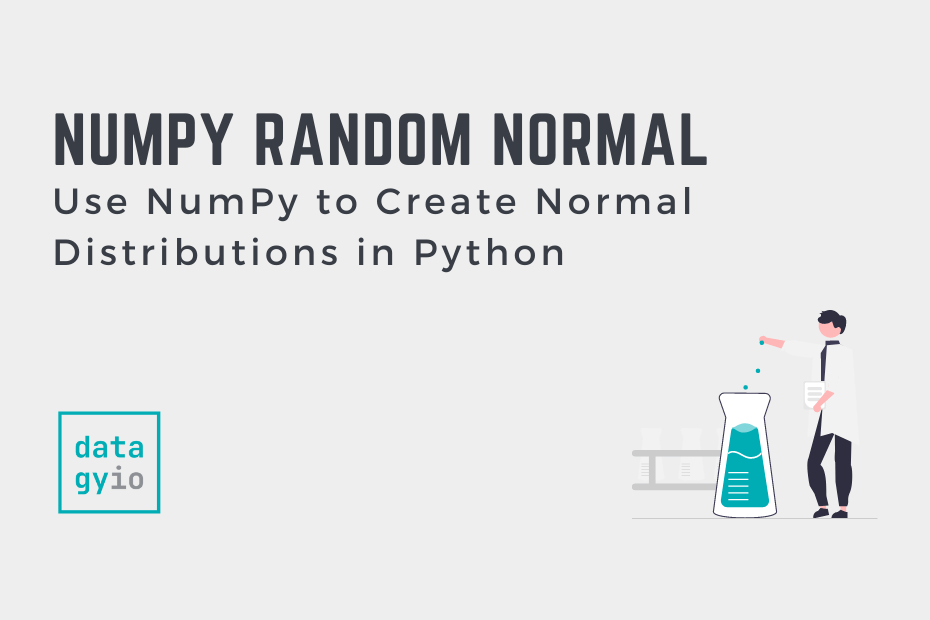Generate Random Numbers in Python
In this tutorial, you’ll learn how to generate random numbers in Python. Being able to generate random numbers in different ways can be an incredibly useful tool in many different domains. Python makes it very easy to generate random numbers in many different ways. In order to do this, you’ll learn about the random and […]
Generate Random Numbers in Python Read More »

